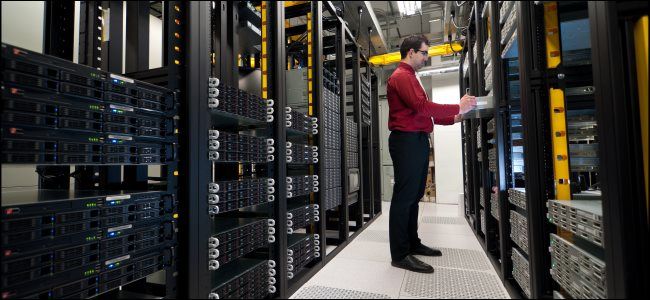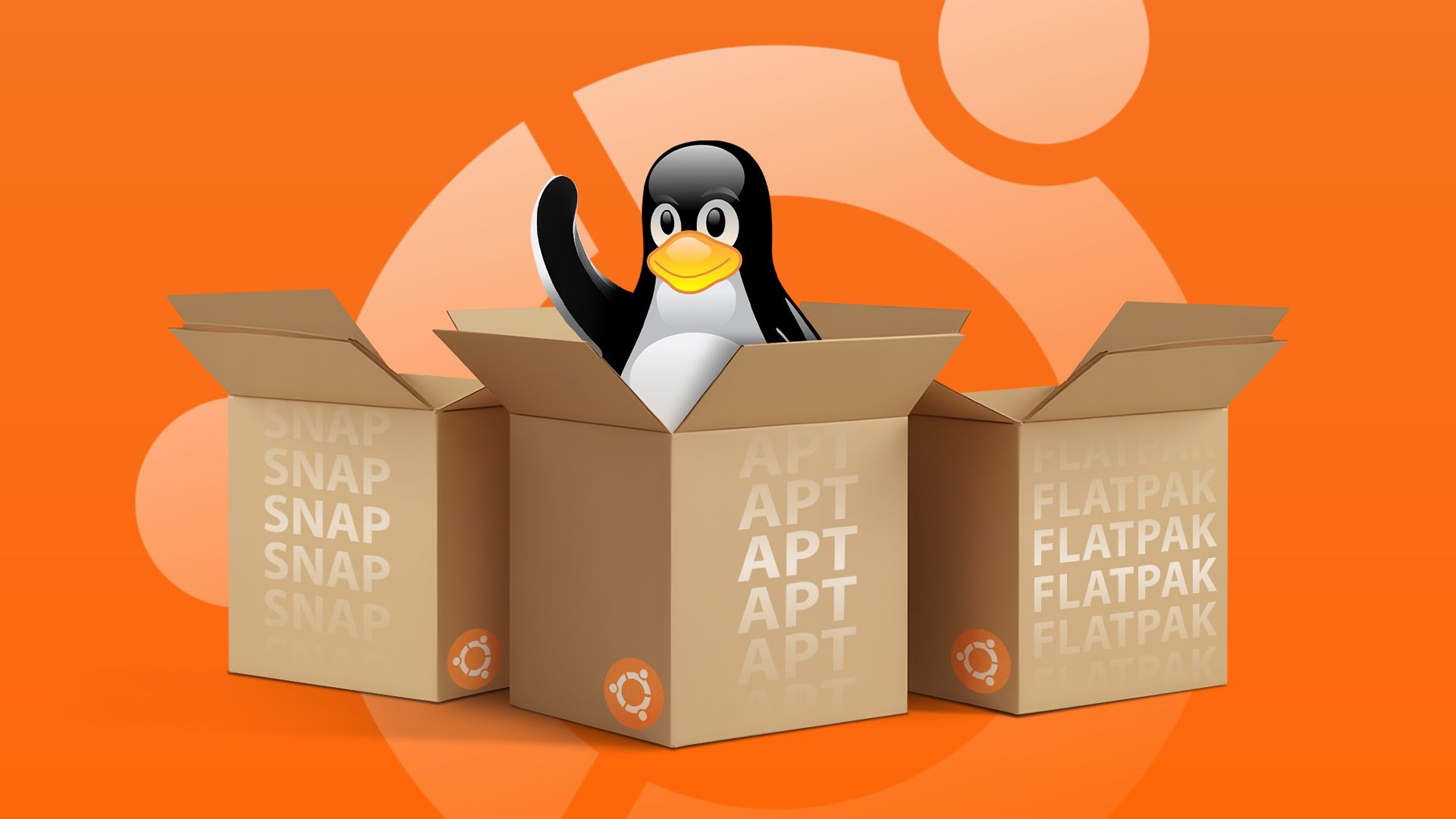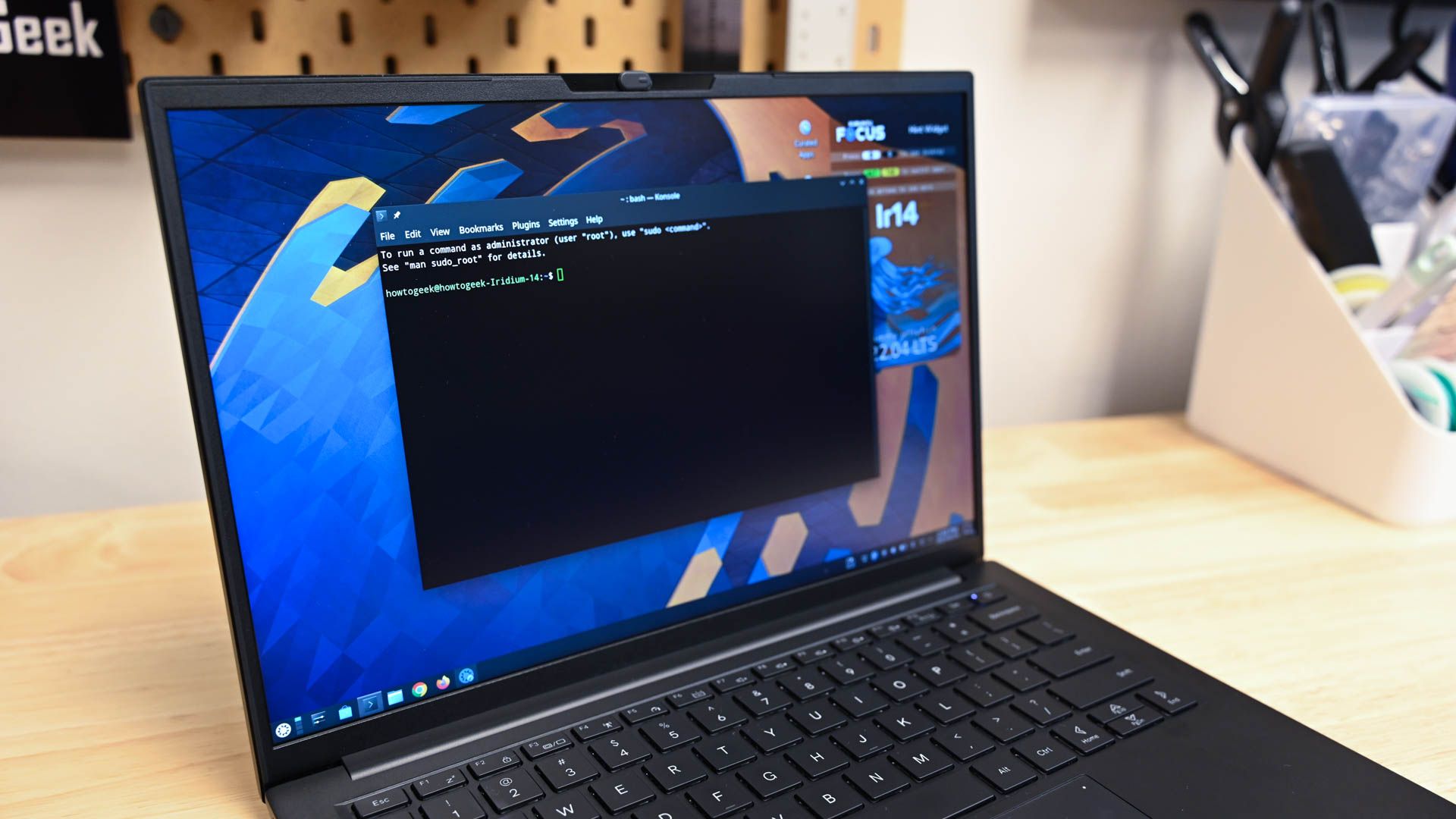Summary
- Running a headless server optimizes performance by ditching the GUI for a command line interface.
- A headless server encourages Linux command line use, building skills applicable across various platforms.
- Managing a headless server remotely over SSH can be more efficient, eliminating the need for a monitor.
Have you been trying to figure out what to do with that old laptop lying around? Maybe you’ve got an old mini PC or the like that you’ve been wanting to repurpose. Instead of installing a desktop OS on it, here’s why you should consider running it as a headless server instead.
What is a Headless Server?
If you’ve never heard of a headless server, don’t lose your head. The simplest definition of a headless server is a computer running an operating system that doesn’t have a graphical user interface. Typically, it’ll run a server-focused operating system that has a command line only.
In the past, it was typically thought of as something just for professionals or systems administrators, but it’s becoming a route for anyone to enjoy with modern features and setups.
There are a lot of benefits to running a headless server, like better efficiency (as the GUI isn’t taking up resources), being forced to learn the command line, easier remote access, and so much more.
I personally run more headless servers in my house than systems with GUIs because they’re just easier to use, deploy, and maintain.
6
A Headless Server Offers Optimized Performance
Let’s start out with one of the main reasons to run a headless server. If you’re using the computer for remote services, like Plex or other apps that don’t require a lot of maintenance, then a user interface is just extra overhead that’s unnecessary.
A headless server ditches the graphical interface for a terminal only, saving the RAM and CPU that the desktop typically takes up.
By running your servers headless, there’s simply more resources available to the services themselves, giving you more performance without having to upgrade anything. This can actually be extremely beneficial for older or lower-power machines.
A lot of modern operating systems have extra graphical elements like transitions, fading, and more that can take a bit of power to run well. If you get rid of all that and just run an OS that only provides a terminal, then those older systems will actually be snappier than with a desktop OS.
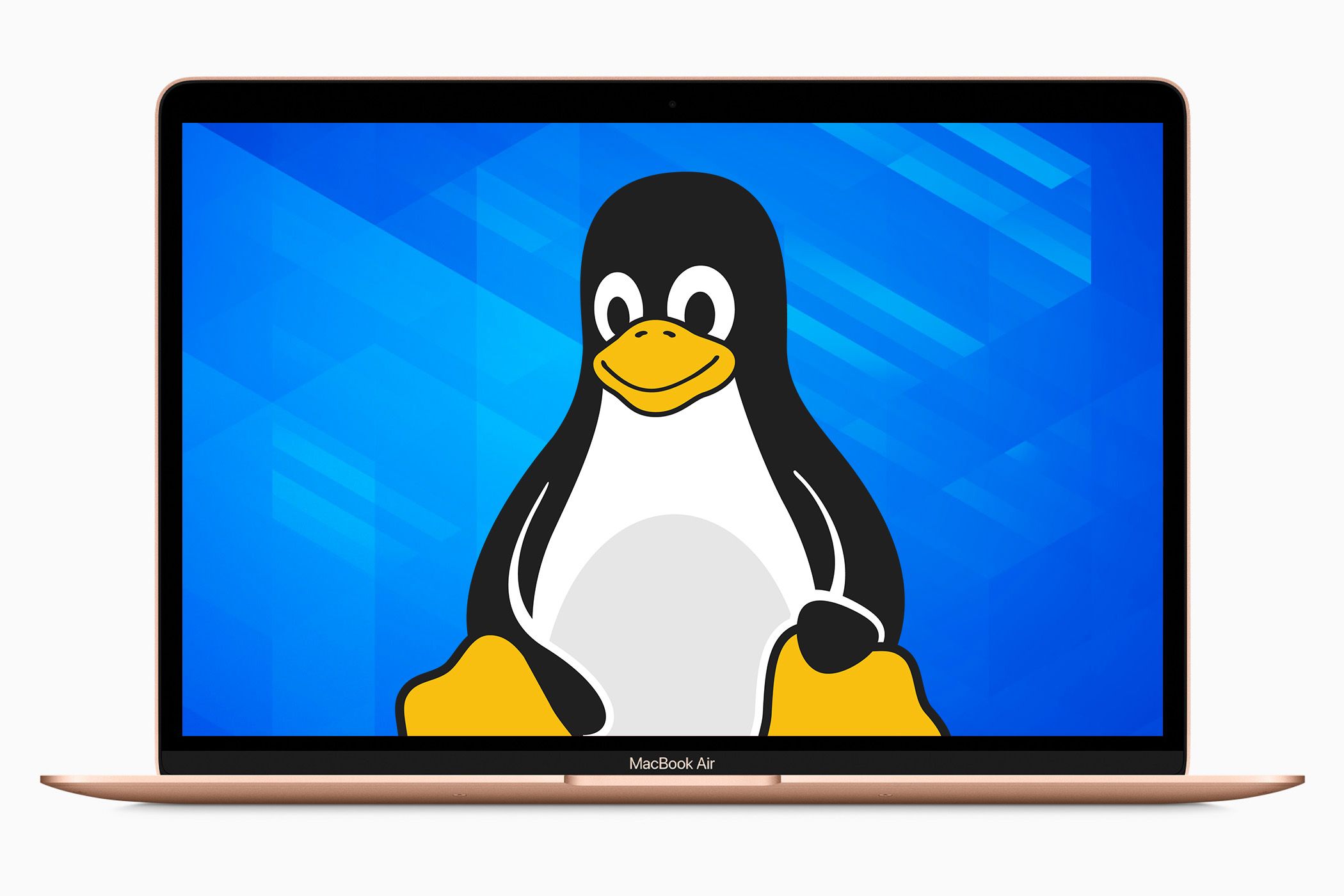
Related
5 Linux Distributions to Breathe New Life Into Old Hardware
Rejuvenate old hardware with lightweight Linux.
5
Learn Practical Linux Skills Through Command Line Use
One of my favorite reasons to run a headless server is that it simply forces you to learn the Linux command line.
Let’s take Ubuntu as an example. Ubuntu Desktop has programs that let you easily update, install, or uninstall packages and apps with a nice user interface. A headless Linux server only has a terminal available.
This means you will have to learn how to install, uninstall, and modify your apps with just a terminal. Not only that, but, as there’s no graphical settings interface, you’ll also have to learn how to use text editing tools like nano, vi, vim, or Emacs to edit your settings. I use nano all the time to edit my /etc/fstab file when adding new remote shares to my server, for instance.
The other thing that comes with using the command line more is that it builds skills that you’ll use across a wide range of platforms and operating systems. From a VPS (Virtual Private Server) to a Raspberry Pi, and even macOS, Linux terminal knowledge applies across your entire homelab experience.
Yes, I said macOS, because macOS is built on a foundation of Unix so it shares many similar commands to Linux
4
Easily Manage Your Headless Server Remotely Over SSH
Another useful aspect of a headless server is simply not having it plugged into a monitor. A monitor is often needed for the initial setup of a server, but once it’s configured you can do just about everything else remotely.
I don’t have any of my headless servers plugged into a display at all. Instead, I manage everything over SSH. This can happen from any computer on my network, and can even happen remotely with SSH tunneling or through a VPN like Tailscale or WireGuard.
Remotely controlling my server via SSH allows me to easily manage it without having to be in front of it. I’ve SSH’d into my server from my bedroom, living room, office, or even from a completely different state.

Related
How to Connect to an SSH Server from Windows, macOS, or Linux
SSH is available on every popular operating system.
3
Still GUI-Friendly—Just Differently
You might think that a headless server has to have no GUI. I’ve already talked about that. What if I told you that wasn’t entirely the case?
While a desktop GUI isn’t present on a headless server, you can still install various web-based management interfaces to handle your server. I personally use Portainer to manage my Docker instances. For my VM manager, I use Proxmox. When it comes to storage, I use Unraid.
All of these programs or operating systems ship with as a headless system. The only way to properly manage them is through a web interface, which is far more lightweight than a full-on desktop operating system.
Going this route means that you get the benefits of a GUI without the extra resources that are required by a typical desktop operating system. It’s my preferred way to manage a server, because it works well and keeps down on the overhead.
There are a lot of other management interfaces, though. Nextcloud is great for file storage and collaborating with documents on your server. Cockpit gives you a nice interface for managing other aspects of Linux, and there are many more options to play with when it comes to remote administration.
Just remember, a headless server can still have a web-based GUI while delivering the same features that we’ve come to know and love from a terminal-only system.
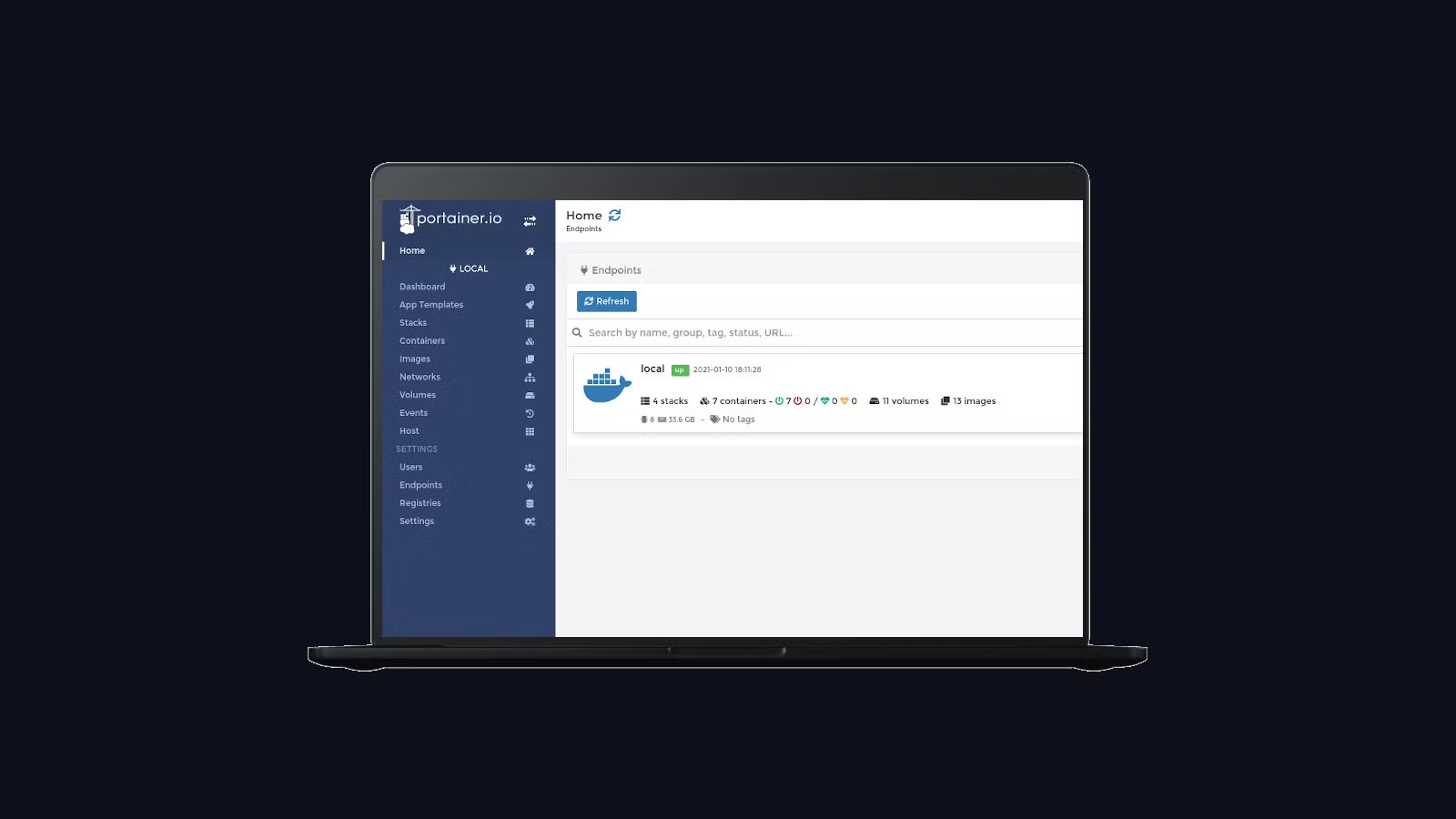
Related
How to Get Started With Portainer, a Web UI for Docker
Portainer is a popular Docker UI that helps you visualise your containers, images, volumes and networks.
2
Easily Runs on Old or Repurposed Hardware
If you have an older computer that doesn’t have a use around your home, it could be the perfect headless server. Running web services at home doesn’t require a ton of horsepower.
I’ve even seen people use a laptop that had a broken screen as a headless server. Just use the onboard output to do the initial configuration and set up SSH then you’re good to go after that. Leave it plugged in in the corner of your room and connected to the network and you have the start of a homelab.
Since headless operating systems require less power than desktop operating systems, you’re able to run lower-power systems and still get plenty of life out of them. This is one of the best aspects of running a headless operating system, and is something that shouldn’t be overlooked.

Related
Why I Installed Linux on an Old Laptop Instead of a Raspberry Pi
Can an unused machine really work as a lightweight Linux desktop?
1
Ideal for Homelab Setups and Experimentation
One of the great things about headless servers is that they’re just easy to set up. There’s very little up-front configuration required, and they run well for years at a time.
Given how lightweight server operating systems are, they’re easy to install, reinstall, or switch out. This aspect makes them great for experimentation. When I was first getting started with Linux, I was grateful that I was working within a VPS. If I broke something, it was easy to reinstall and start from scratch again.
It’s also ideal for running your homelab setup. As I said, my homelab runs on headless servers. I’m able to run Docker hosts, virtual machines, and more, all without having to run a desktop operating system. If something messes up, I can have it re-installed and ready to go in a few hours. This means I’m not worried about breaking something on a headless VM, giving me the freedom to develop, test, and run things however I want.
Once you have that headless server running, be sure to check out some Linux commands everyone should know. These are essential commands that you’ll be running far more often than you think, so be sure to memorize them (or simply bookmark the page to check it out again in the future).


